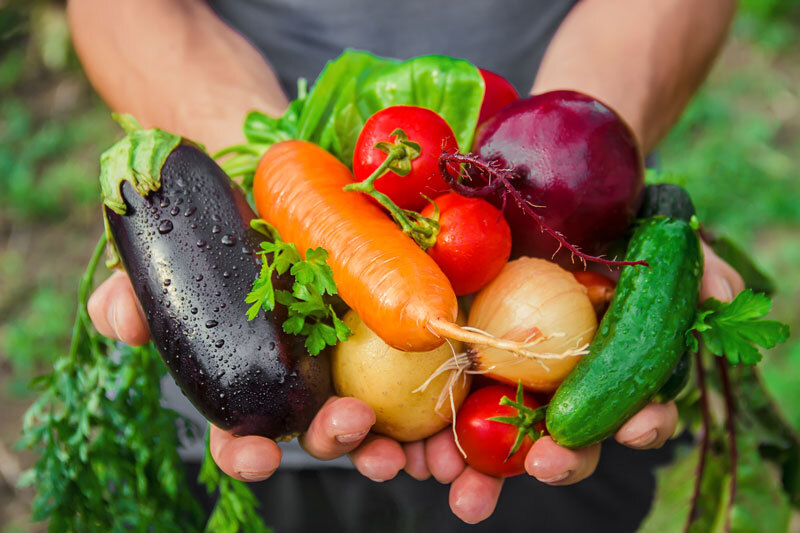Food combining seems to be the talk of the town these days. Whether you’re drooling over Nicole Berrie’s latest carb-filled dinner pic on insta—or you heard it from a friend who heard it from a friend—people are talking—and we’re listening.
Food combining is not a fad diet. It’s not restrictive, and it’s not judgemental. Yup. You can eat carbs, fats, fish, meat, fruit, vegetables, beans, and nuts. The rage of food combining isn’t in the fact that you can have your cake and eat it too (or maybe it is?), but more so because this way of eating helps reduce bloating, support weight loss, eliminate indigestion, aid in skin glow, and slow aging.
But that’s not even the best part. There is not caloric restriction in this way of eating. if you want to have 2 potatoes, pasta, and a big salad, you do you. It’s all about being intuitive and listening to your body.
TRUTH BOMB:
You’re
Already killing it!
If You Were More Consistent With Your Wellness Routine, You’d Be Unstoppable.
Like what you hear? Here are the intuitive rules.
1.Choose a starch or protein for each meal, but not both
You can have your pasta and rice and potatoes, but not with your meat and fish. This is the first and most important concept of food combining. It’s based on the premise that proteins, starches, and fruits all digest at different times. When you combine these foods you can cause gas, bloating, indigestion, and even weight gain.
The rule here is to wait at least three hours after having a protein meal before having a starch meal—or vice versa. That means you can pair your rice or pasta with veggies but not chicken or salmon. It also means that you can pair your salmon and veggies or chicken and veggies. Following this rule will support optimal digestion and expedite the process of food leaving your body.
2. Fruit: Eat it Alone or Leave it Alone
Here’s what Food Combining Queen Nicole Berri says about fruit: eat it alone or leave it alone. Fruit is one of the purest foods you can eat; it’s easily digested and can quickly leave your body. Ideally, you’ll eat all your raw and hydrating fruits early in the morning to give your body a much-needed enzyme and alkalinity boost to help ensure better digestion for the rest of the day.
Unfortunately, this means that you can’t have your acai bowl topped with granola or your oatmeal and berries. I know this might sound disappointing at first, but give it a try and see how the rest of your days go.
3.Eat Light to Heavy
The principles of food combining say that we digest light foods the fastest and heavier foods the slowest. To prevent gas, bloating, and help with digestion, try to structure your meals lightest to heaviest. Never eat fruit at the end of the day, and always eat raw veggies and salads before cooked foods. This way, at night, your body has time to rest and digest instead of all day when you’re trying to be productive.
- Neutral food that pair with anything: all leafy greens, garlic, onions, broccoli, celery, cucumber, tomatoes, carrots, parsnip, cauliflower, beets, zucchini, yellow squash, spaghetti squash, peppers, oils, grass-fed butter
- Starches to pair with neutral veggie or other starches, no meats or nuts: potatoes, avocado, quinoa, kasha, millet, rice, wheat, pasta, amaranth
- Proteins and meats to pair with neutral veggies and other proteins no starches or nuts: animal meat, cheese, fish
- Legumes, chickpeas, lentils, beans, sweet peas can combine with both starches and protein- but remember these are more difficult to digest, so use sparingly.
- Nuts/Dried Fruit to combine with neutral veggies or each other: raw almonds, peanuts, cashews, sunflower seeds, currants, raisins, dried mangoes etc.
For incredible recipes based on the principles of food combining, head over to Bonberi.com





READ the Latest
Health Habits
Longevity
Health Habits
Health Habits